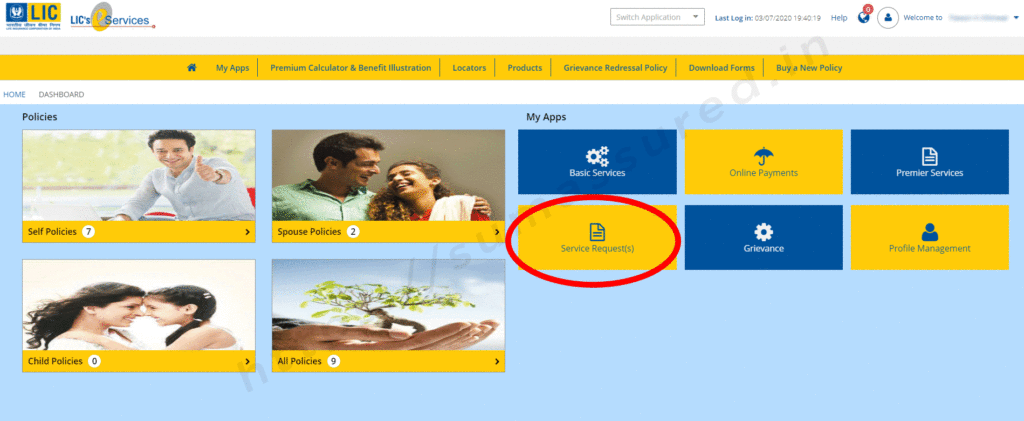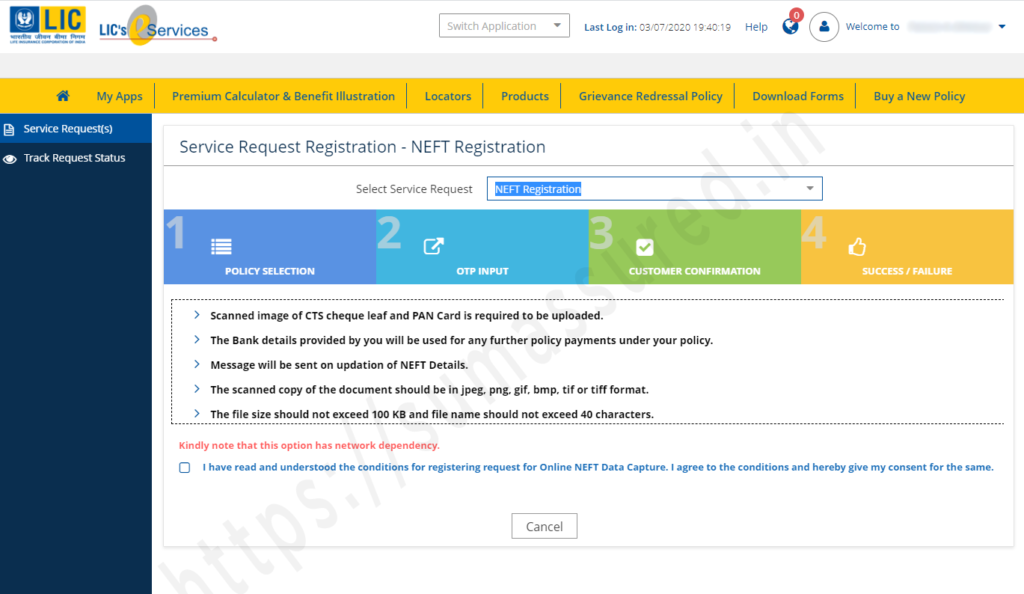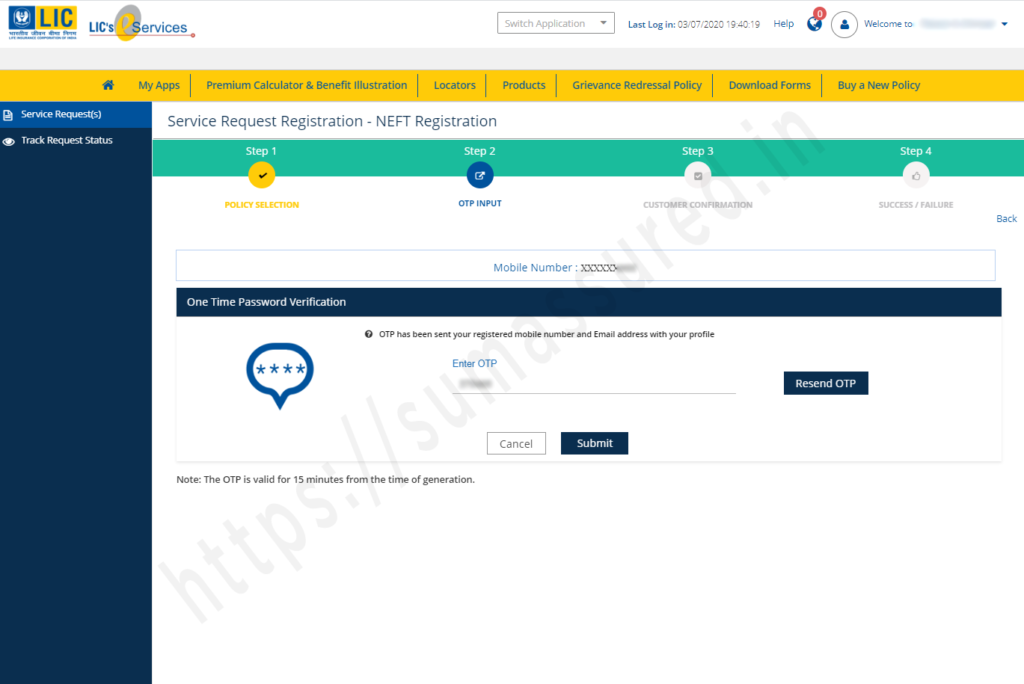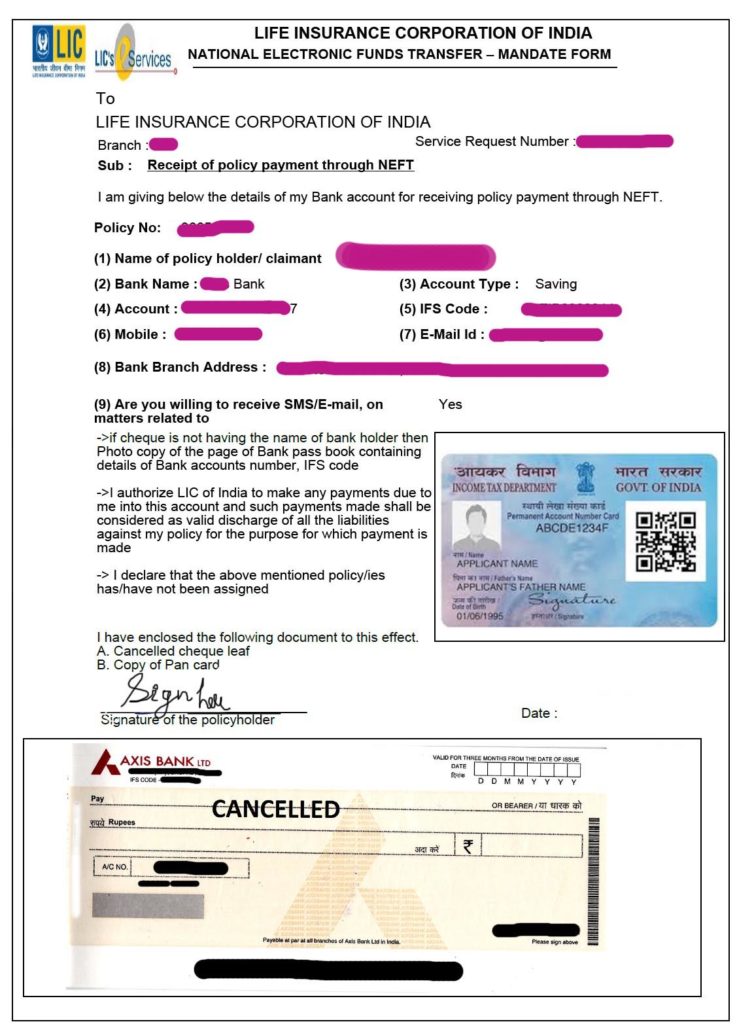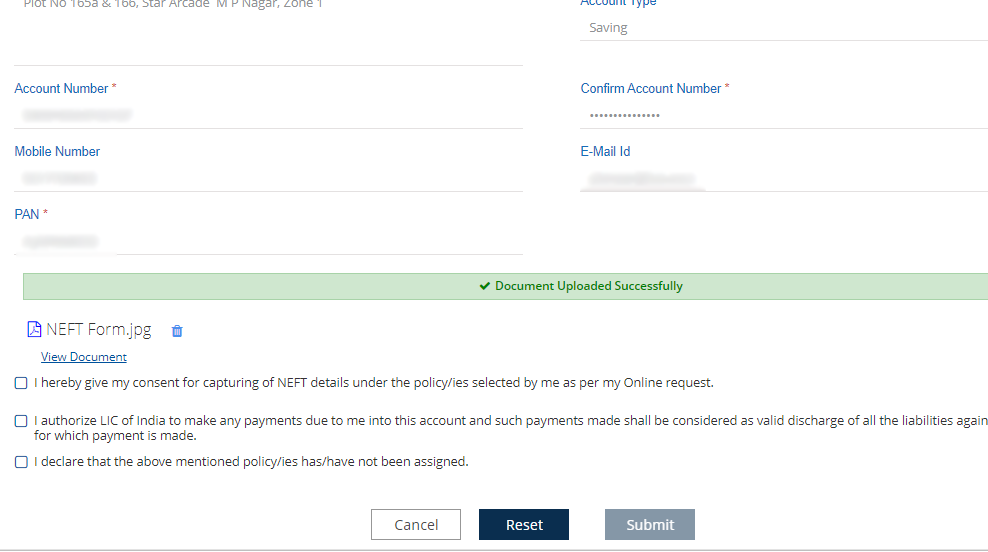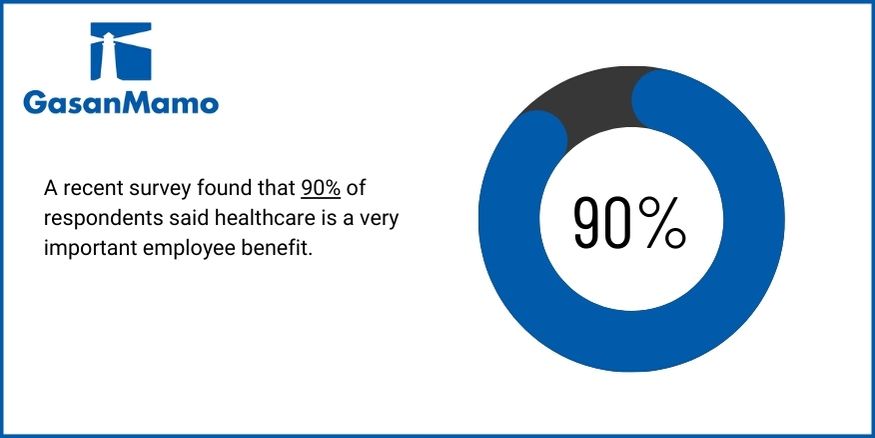What makes the physician mortgage great for medical professionals? It’s simple – these lenders know about the costs and income trends in the healthcare field. They see that medical professionals can earn well, even when they first start their careers. This understanding gives doctors, dentists, and other healthcare providers a big advantage when buying a home.
Why the Physician Mortgage Is Such an Attractive Option

Before we look at the specific loan programs available, let’s quickly recap why the physician loan is such an attractive option for medical professionals.
There are a few key reasons.
Zero or Low Down Payment
Buying a home can be challenging due to the down payment requirements. Physician mortgages offer flexible down payment options, often with zero or lower initial costs and no need for private mortgage insurance (PMI).
Flexible Debt-to-Income Requirements
Debt-to-income ratio (DTI) is crucial for mortgage approval. It shows the portion of your monthly income used for debt payments. Regular mortgages stick to a 43% or lower DTI limit, while physician mortgages offer more flexibility due to medical professionals’ financial circumstances.
Physician loans accommodate higher DTIs to consider substantial student loan debt that affects medical workers. Lenders may not fully factor in student loans for DTI calculation, focusing instead on other debts like credit cards or personal loans.
Purchase Based On Future Income
Physician mortgages focus on your future income, making them ideal for medical professionals in training who may also be looking for an investment property. These loans consider your future earnings potential, allowing for a larger loan amount based on your expected salary as a licensed doctor. This unique approach enables doctors to purchase homes that align with their future income, not just their current financial status. In essence, physician mortgage loans support medical professionals in realizing their homeownership dreams sooner.
Mortgage Loans for Medical Doctors and Doctors of Osteopathy
Those with MD and DO titles have more choices when it comes to lenders for physician mortgage loans. This means doctors can find better loan terms and interest rates. It shows that lenders recognize their skills and earning ability.
Having a range of mortgage lenders to choose from allows MDs and DOs to compare different loans, interest rates, and fees. By looking closely at these options with the help of a physician mortgage broker, they can find the best physician mortgage to meet their needs.
Eligibility Criteria and Benefits
Physicians seeking mortgage loans must provide proof of their medical degree, license, and job contract. Lenders evaluate their credit history and financial stability. Physician mortgages often come with perks like no down payment or no need for private mortgage insurance; there is, therefore, a monthly saving compared to a traditional mortgage—savings of hundreds of dollars per month.
Key Features of Loans for MDs and DOs
Physician mortgage loans offer MDs and DOs great benefits, including lower interest rates due to their lower risk profile. These physician home loans have flexible approval rules tailored to medical professionals’ unique circumstances, with simplified application processes to accommodate busy schedules. They also assist in buying primary homes, making homeownership more accessible for medical professionals.
Mortgage Loans for Nurse Practitioners, Registered Nurses, Certified Registered Nurse Anesthetists, and Physician Assistants
Many lenders provide options for more than just physicians. They see how important medical professionals, like nurse practitioners, registered nurses, certified registered nurse anesthetists, and physician assistants, are in healthcare. These workers also face a lot of student debt and need support for their financial stability.
Non-physician healthcare workers can take advantage of the benefits of these physician mortgages. This includes help with down payments, flexible credit score rules, and good interest rates.
Conventional Mortgage
Conventional mortgages can be a popular choice for medical professionals. These loans usually require private mortgage insurance if the down payment is below 20%. Doctors with student loan debt can find flexible options to help manage their finances as a borrower. The interest rates and rules for being eligible can change, which may affect the loan amount and monthly payments.
FHA Loans
FHA Loans can, at times, be a good option for Medical Professionals: Lower down payment requirements, easier credit score standards. Backed by the Federal Housing Administration, these loans offer protection to the lender; that’s why they do great with student loan debt since they have flexible requirements. They can be used for purchase purposes on a primary home or for refinancing an existing mortgage. FHA, along with other kinds of loans, should be considered by medical professionals seeking out one which best suits their financial wants.
VA Loans
VA loans, backed by the U.S. Department of Veterans Affairs, offer unique benefits for veteran nurses. These loans allow financing 100% of the home cost without a down payment and do not require private mortgage insurance (PMI). Reasonable interest rates, competitive and more accessible credit score requirements describe why VA loans are a good option for homebuyers. All applicants need to have a Certificate of Eligibility from the VA proving their military service and meeting program requirements.
Mortgage Loans for Pharmacists
Pharmacists play an important part in healthcare, and they have special training. Because of this, some lenders provide special mortgage programs just for them. These programs help pharmacists buy homes by offering loan options that recognize their profession. Some lenders that focus on mortgage loans for pharmacists are Fulton Bank, UMB Bank, and Evolve Bank & Trust.
Each lender has its own rules and benefits for their mortgage programs designed for pharmacists. If pharmacists are looking for home financing, including options for home equity, they should compare the loan options, interest rates, and terms from these lenders.
Fulton Bank
Fulton Bank offers special mortgage programs tailored for pharmacists, focusing on their unique financial needs with good terms and benefits. These programs feature low down payment options to reduce upfront costs and competitive interest rates for long-term savings. With a streamlined application process, Fulton Bank ensures convenience for busy pharmacists, making homeownership more achievable for these essential healthcare workers. Read our review of Fulton Bank here.
UMB Bank
UMB Bank offers tailored financial solutions for medical professionals, including pharmacists. Their physician mortgage programs cater to pharmacists, considering their possible student loan debt. These programs provide flexible assessments of the debt-to-income ratio and personalized assistance throughout the mortgage process. UMB Bank aims to empower pharmacists in achieving their homeownership goals amidst mortgage financing challenges. Read our review of UMB Bank here.
Evolve Bank and Trust
Evolve Bank and Trust caters to pharmacists with tailored banking and lending solutions, offering competitive options like down payment assistance programs and favorable interest rates. With flexible loan features such as higher loan-to-value ratios and extended repayment terms, they provide personalized service to support pharmacists through the mortgage process. Their goal is to simplify the journey to homeownership for pharmacists. Read our review of Evolve Bank here.
Mortgage Loans for Doctors of Dental Medicine and Doctors of Dental Surgery
Doctors of Dental Medicine (DMDs) and Doctors of Dental Surgery (DDSs) are very important in healthcare. They are also well-known for having good earning potential, especially among those holding a DDS. Because of this, many lenders have specific mortgage programs just for dentists. These programs help make buying a home easier for them. They are often called dentist mortgage loans and provide great benefits that suit the financial needs of dental professionals.
The Dentist Mortgage
Mortgage programs for dental professionals offer unique features, such as low or zero down payment options, making homeownership more accessible. These programs may also waive the need for private mortgage insurance (PMI), resulting in lower monthly payments. Lenders know dental professionals are busy, so they’ve made the process easier with online applications and fast approvals. They want to help dentists buy a home by making it less of a hassle and recognizing the important work they do.
Mortgage Loans for Optometrists
Optometrists play an important part in eye care. They have special training but may find fewer options for physician mortgage loans compared to doctors or dentists. However, some lenders see the value in optometrists. They offer loans that have good terms. UMB Bank and Fifth Third Bank are two examples of banks known for these physician loan programs. These loans may come with benefits like low or no down payment, lower interest rates, and flexible checks on debt-to-income ratios that take student loan debt into account.
Optometrists who want to use these loans need to show some key documents. They must have proof of their Doctor of Optometry (OD) degree and a valid license to practice. They also need a recent employment contract or proof of income. While there may not be as many choices, optometrists can still benefit by looking into physician loan programs made for medical professionals.
Mortgage Loans for Podiatrists
Podiatrists are healthcare professionals who can face challenges when trying to get good mortgage deals. This is often due to their student loan debt and the way their income develops over time. Still, many lenders see the important work that Doctors of Podiatric Medicine (DPMs) do.
These lenders know that DPMs usually graduate with a lot of debt but have the potential to earn well. Because of this, they might provide physician mortgage loan options that require low down payments. This helps podiatrists buy a home sooner. These loans may also offer flexible ways to look at debt-to-income ratios, considering the high student loan debt most DPMs have. Although these mortgage options for podiatrists are not as well-known as those for MDs or DOs, they can still provide a useful way to own a home.
Mortgage Loans for Chiropractors
Finding the right mortgage options for chiropractors can be tricky. Even though they play an important role in healthcare, they may not qualify for standard physician mortgage loans from regular lenders. Chiropractors looking to buy a home have some solid options. It’s smart to work with lenders who specialize in loans for professionals since they often understand the needs of healthcare workers and might offer loans with better terms. Finding these lenders can be made simple by working with a physician mortgage broker like LeverageRx.
These lenders usually take into account a chiropractor’s education and future earning potential, which can make qualifying easier. Credit unions are also worth considering as a great choice.
Mortgage Loans for Veterinarians
Veterinarians, also known as Doctors of Veterinary Medicine (DVMs), face similar money issues as other medical professionals. They deal with high student loan debt and start earning later than others in the field. Although veterinarians may not always get the same special mortgage loans that human doctors do, there are still good options for home financing.
These programs often help DVMs by having lower down payments or flexible rules for debt-to-income ratios that take student loans into account. Additionally, there are lenders that focus on financing solutions for veterinarians, offering financing to help start or grow a veterinarian practice.
Mortgage Loans for Medical Residents
Medical residents can still think about buying a home, even with their busy schedules and limited pay. Many lenders realize that being in a residency is tough financially, but it is a temporary time. They know that medical professionals can earn much more once they complete their residency. Because of this, some lenders offer special mortgage programs just for medical residents.
These programs look at how much money residents can make in the future. They often approve loans based on signed job contracts for after residency. These lenders may offer low, or no down payment options, accept lower credit scores, or let family members co-sign to help residents qualify. If medical residents are thinking about a home purchase, they should research lenders that focus on physician mortgage loans since they usually help residents too.
Things to Look Out for When Applying for a Mortgage

When you apply for any mortgage, like a physician mortgage, pay attention to some important details. This will help you have a smooth and smart financial experience. Your credit score is very important. It decides if you can get the loan and what your interest rate will be. Before you apply, get a copy of your credit report. Check it for any mistakes and try to get a good score. This way, you can secure better terms.
Make sure to shop around and compare interest rates from different lenders. This can help you snag a better deal and save money over time, especially if you’re able to get a lower rate.
Key Takeaways
Physician mortgage loans are very helpful for many medical professionals. These loans have special terms that consider the path of medical careers. If you are a doctor, dentist, pharmacist, or any other healthcare professional, knowing how these loans work can help you make better financial choices.
Make sure to compare lenders, interest rates, and loan terms. This will help you find the right fit for your needs. Buying a home is a big deal. Doing thorough research and planning can lead to a good and smart investment. Use the benefits of physician mortgage loans and start your journey to own your dream home.
![Medical Mortgage Loan Programs [MD–PharmD +] Medical Mortgage Loan Programs [MD–PharmD +]](https://i2.wp.com/www.leveragerx.com/wp-content/uploads/2023/04/unnamed-5-300x200.jpg?w=696&resize=696,0&ssl=1)













